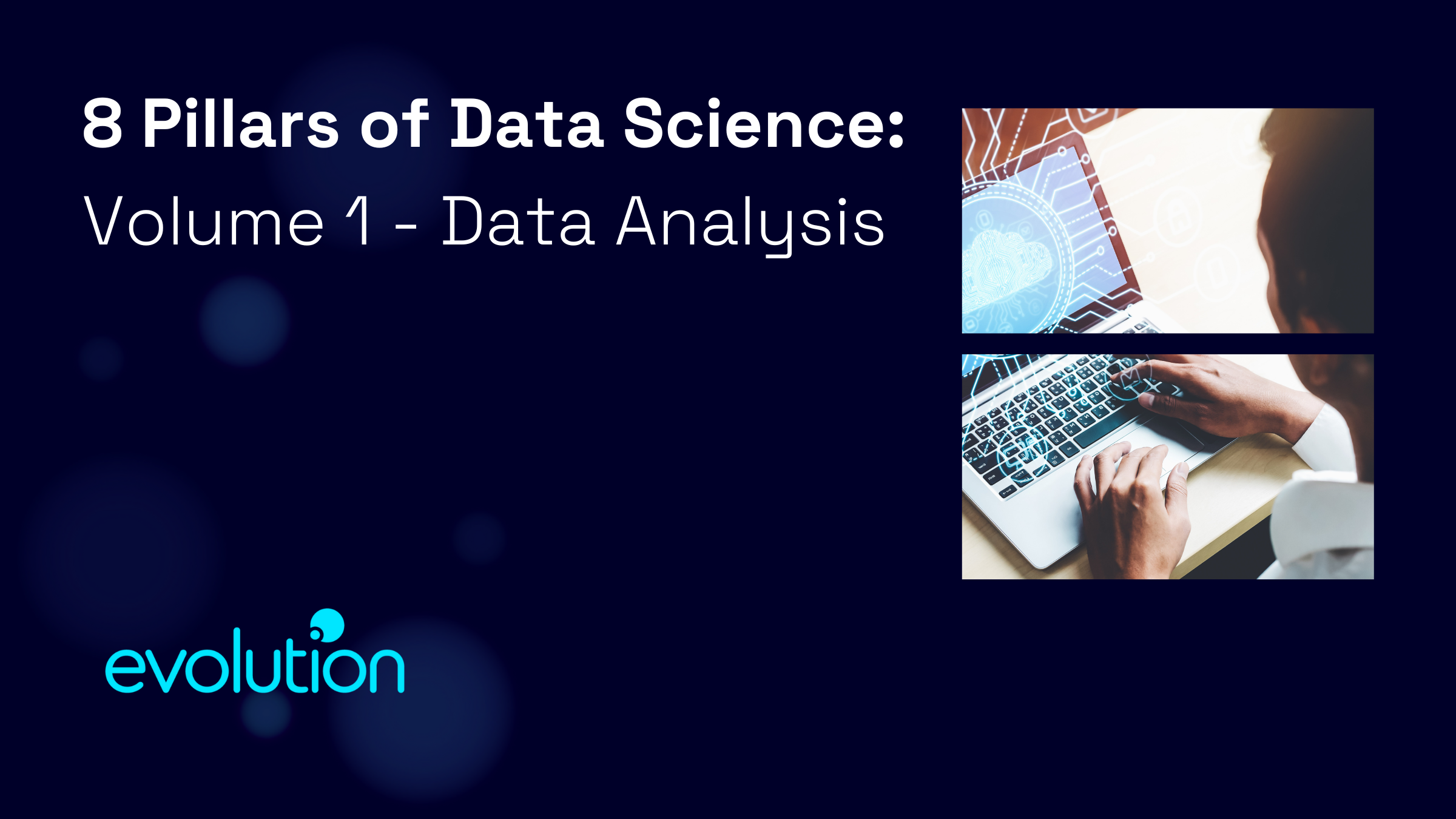Feature Engineering
Feature engineering is the process of transforming raw data into features that can be used in machine learning models. This step is important because it can greatly affect the performance of the model. Features can be created by combining multiple variables, creating new variables, or transforming existing variables. Some popular tools and techniques used in feature engineering include:
- One-hot encoding: This technique is used to convert categorical variables into numerical variables.
- Feature scaling: This technique is used to normalize the values of a variable, so that they have a similar scale.
- Polynomial features: This technique is used to create new features by taking the powers of existing features.
- Interaction features: This technique is used to create new features by combining existing features.
Data Wrangling
Data wrangling is the process of cleaning, transforming and manipulating data, in order to make it suitable for analysis. This step is important because dirty data can lead to inaccurate or unreliable results. Some popular tools and techniques used in data wrangling include:
- Pandas: This library is commonly used for data manipulation and cleaning in Python.
- Numpy: This library is commonly used for numerical operations in Python.
- Data visualization libraries such as Matplotlib, Seaborn and Plotly are used to visualize the data and identify patterns and outliers.
Exploratory Data Analysis (EDA)
Exploratory Data Analysis (EDA) is the process of analyzing and summarizing the main characteristics of a data set. It is an important step in data analysis because it helps to identify patterns, outliers, and relationships in the data. Some popular tools and techniques used in EDA include:
- Data visualization: As discussed above, visualization tools like Matplotlib, Seaborn, and Plotly can be used to create plots and charts to help understand the data.
- Descriptive statistics: This technique is used to summarize the main characteristics of the data, such as mean, median, and standard deviation.
- Hypothesis testing: This technique is used to test the validity of a hypothesis about the data.
To upskill yourself in data analysis, you can take online courses and tutorials or read books on the topics mentioned above. Some popular resources for learning data analysis include:
- Coursera: Coursera offers a wide range of data analysis courses, covering topics such as data wrangling, feature engineering, and EDA.
- DataCamp: DataCamp offers interactive data analysis courses, tutorials, and projects.
- Kaggle: Kaggle is a platform that offers a wide range of data analysis challenges, as well as a community of data scientists and machine learning practitioners who can provide guidance and feedback.
- Books: Some popular books on data analysis include “Python Data Science Handbook” by Jake VanderPlas, “Data Wrangling with Python” by Jacqueline Kazil, and “Exploratory Data Analysis with R” by Hadley Wickham.
In Summary
Data analysis is just one aspect of the larger field of Data Science. Data Science is a rapidly growing field with many career opportunities, ranging from data analyst to data scientist to machine learning engineer. If you’re interested in pursuing a career in data science, it’s important to have a strong understanding of the fundamentals of data analysis, as well as the skills to work with various tools and techniques. This article has provided an overview of some of the important concepts and tools in data analysis, as well as resources for further learning.
If you are interested in learning more about data science, or exploring career opportunities in the field, feel free to get in touch with us. We would be more than happy to provide guidance and support as you navigate this exciting field.
Data Science Podcast
Are you a tech leader with a passion for data science? Join our podcast and share your insights with our audience. You can stay updated on the latest podcast releases and new data science opportunities by subscribing to our weekly newsletter!































